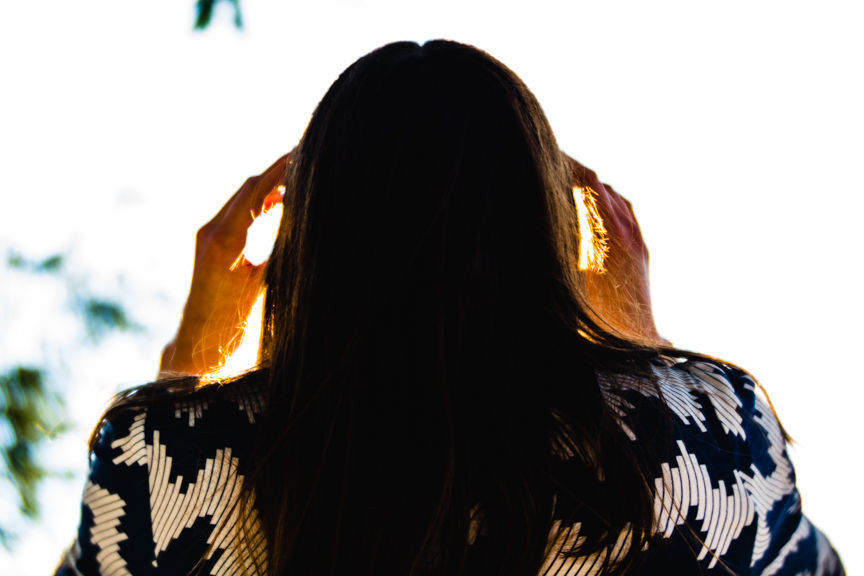Beware uncertified solar eclipse glasses as counterfeiters get tricky
Published 4:45 pm Monday, August 14, 2017

- “Turn don’t burn." That’s the phrase the Louisville Astronomical Society is using to teach people how to put on and remove their special glasses when a 96 percent solar eclipse comes to town Aug. 21.
It’s more important than ever to be wary of uncertified solar eclipse glasses, warns the American Astronomical Society in a recent news release.
“What’s going on is that some companies have printed the fact that they are ISO-certified on the back of the piece, and it’s not,” said Ken Alderson, the president of the local Louisville, Kentucky, Astronomical Society.
Staring at the sun during an eclipse with uncertified glasses can cause solar retinopathy, which can mean permanent eye damage, according to an AccuWeather article. It’s easier to sustain solar retinopathy during an eclipse because the sun is more comfortable to stare at when partially covered. The damage is often painless, too.
NASA warned in July that Amazon.com sellers were offering faulty eclipse glasses while claiming they were legitimate. The organization advised buyers to check for a printed, ISO 12312-2 international safety standard on their glasses to make sure they were certified. That’s no longer enough, as counterfeiters have started printing the logo and certification label on their products anyway, according to the AAS release. In some cases, the sellers are displaying fake test results on their websites to further convince buyers.
“Given this unfortunate situation, the only way you can be sure your solar viewer is safe is to verify that it comes from a reputable manufacturer of one of our authorized dealers,” the release stated.
Approved brands are: American Paper Optics (Eclipser), APM Telescopes (Sunfilter Glasses), Baader Planetarium (AstroSolar Silver/Gold Film), Celestron (EclipSmart Glasses & Viewers), DayStar (Solar Glasses), Explore Scientific (Solar Eclipse Sun Catcher Glasses), Lunt Solar Systems (SUNsafe SUNglasses), Meade Instruments (EclipseView Glasses & Viewers), Rainbow Symphony (Eclipse Shades), Seymour Solar (Helios Glasses), Thousand Oaks Optical (Silver Black Polymer & SolarLite) and TSE 17 (Solar Filter Foil).
The AAS also lists retail chains that are OK to buy from as long as the glasses are one of the brands listed above. Approved stores are: Best Buy, Bi-Mart, Casey’s General Store, Circle K, Hobby Town, Kirklands, Kroger, London Drugs, Love’s Travel Stops, Lowe’s, Maverik, Pilot/Flying J, Toys “R” Us, Wal-Mart and 7-Eleven.
The AAS warns that buying from retailers’ websites is still not OK because some chains use different suppliers for their websites than for their stores.
Approved online vendors, as well as science vendors, can be found at eclipse.aas.org/resources/solar-filters.
Alderson said that eclipse watchers can test their glasses by holding them up to the sun and looking thorough them briefly. The sun should look very distinct and surrounded by darkness.
“If you see fuzziness or anything other than that, so everything looks out of focus, throw them away,” he said.
Certified eclipse glasses are fine to look though unless they’re scratched, punctured, torn or otherwise damaged. It’s fine to wear them as long as you want, provided they’re no more than three years old.
It’s also safe to a view an eclipse through welding filters, but only if they are Shade 12 or higher. A pinhole projection is also a safe, but indirect way of looking at a solar eclipse. It involves passing sunlight through a small opening, such as a hole punched in an index card, and projecting the image of the sun onto another surface, such as the ground or another index card.
Grady writes for the Jeffersonville, Indiana, News and Tribune.



